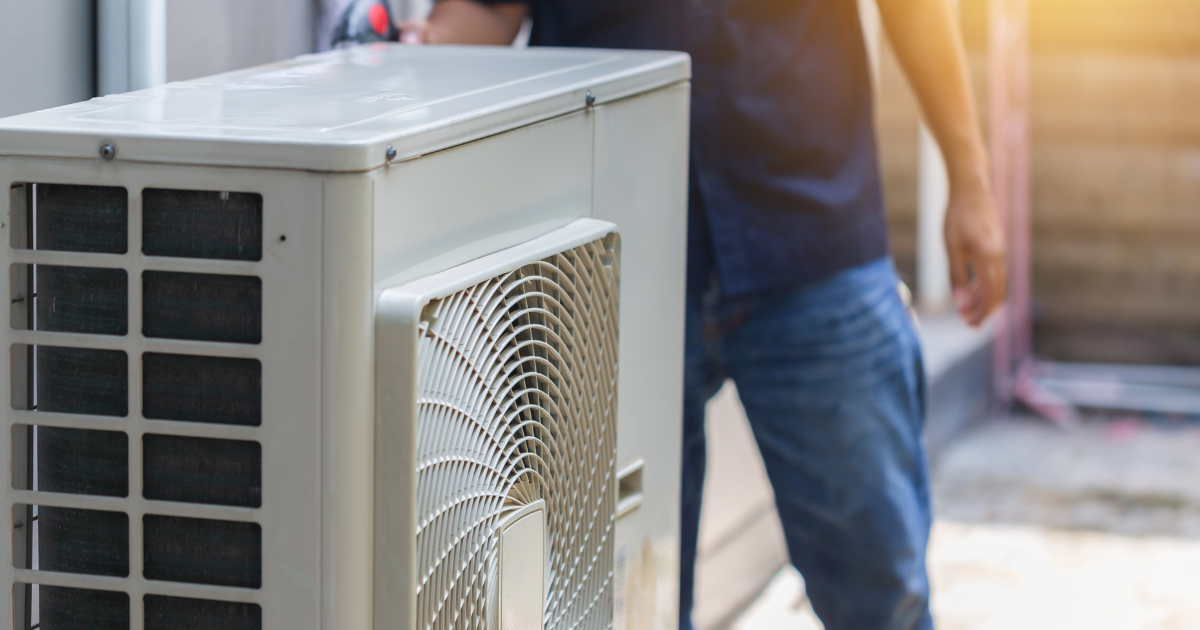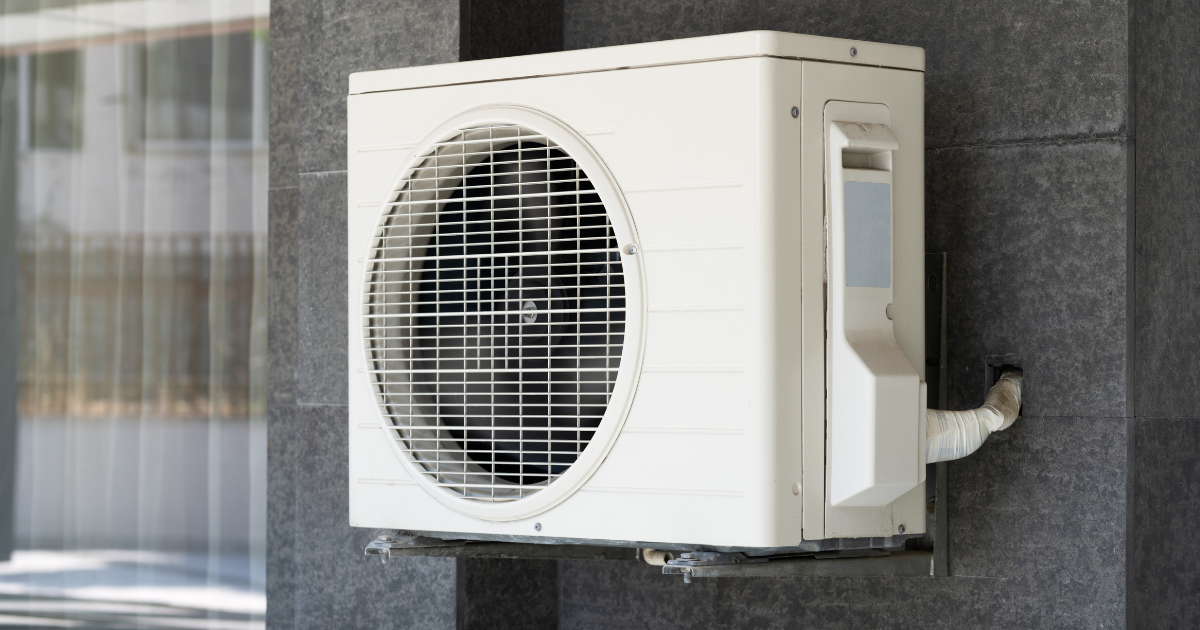Home Energy Yardstick: Compare your Energy with your Neighbors’
Want to be the most efficient household on the block?
The EPA’s Home Energy Yardstick is a great online tool to help you assess your home’s energy usage and how it compares to similar homes in your neighborhood. You just need to provide:
- Zip code
- Square footage
- Number of full-time occupants
- Which fuels are used in your home (electricity, gas, oil, etc.)
- Your utility bills for the past 12 months (this is easier to find than you think!)
Click the link above to get started. When you’ve determined where you stand, use our guide below to reach energy-saving goals.
Measuring and Monitoring Household Energy Use
Want to dig a little deeper than your yearly utility bills to see where, how, and when you use the most energy? Assess information from the following sources:
Automated households can use both home computers and mobile devices to monitor and even save energy. While a high-end “smart home” has such features integrated into the house itself, a regular household can install a lower-level automated system that will tell you everything from which parts of the home are using the most energy and when, to specific usage readings from individual electrical outlets and water sources.
You can also help automate your home in other energy-saving ways, with a simple thermostat, bathroom fan timer, motion-sensor lights, and even by putting your window shades on timers.
Home energy evaluations from a professional organization or contractor like Bob Jenson can provide detailed information about each way your home uses energy, tips for saving energy improvements that are specific to your home, and an evaluation of your existing appliances, HVAC, and plumbing.
Improving Household Energy Efficiency
Once you’re monitoring your energy use more closely, you’ll begin to see trends and identify areas that demand reduced energy use. Now it’s time to find specific ways to reduce your consumption of electricity, water, and burned fuels like oil, propane, and natural gas. And while you can always find ways to further limit your consumption of all three resources, you should also concentrate your initial efforts on the areas where your household needs the most help. Start with the energy and appliances related to your highest average monthly utility bill.
Improving HVAC efficiency: Heating and cooling can demand a lot of energy use, so making the entire system as efficient as possible is one effective way to limit your resource consumption.
- Replacing an old and outdated system is an investment that leads to an immediate savings on monthly bills that helps cushion the cost.
- Central air systems can be improved by sealing or replacing older ducts rather than the entire system, although you might find that switching to a ductless system will be better for you in the long run.
- Correct ventilation is crucial to your HVAC system’s ability to intake air efficiently.
- Properly insulating and sealing your home will vastly improve the efficiency of your system, in addition to prolonging its life.
Electricity use: Electricity is consumed on a number of levels in the home, and if your home’s heating and cooling system is on electric, this is definitely one to pay extra attention to.
- Lighting modifications can save a lot of electricity. Replace incandescent bulbs with compact fluorescents to cut energy use at the source; add task lighting and LED light fixtures on dimmers to use only the light you need; and install a solar lighting tube that lights your home naturally during the day.
- Electric heat can be inefficient and expensive, but adding a heat pump to the system can make it take a fraction of the amount of electricity to pump warm air from one part of your home to another, rather than using electricity to create the heat itself.
- “Plug-ins” refers to anything you plug into the wall, from major appliances to cell phone chargers. Our tech-based lives demand a lot of device chargers, and each one continues to draw a small amount of electricity when plugged in but not in use. Simple measures like unplugging chargers and turning off computers and lights can add up to a sizeable energy savings.
Major appliances: Our appliances use electricity, water, and sometimes gas, so maintaining and upgrading appliances to high-efficiency, energy-star units is a change that can save on all resources at once.
Sealing and insulating your home: A well-insulated home has already completed a good part of the journey toward home energy efficiency. Windows, wall insulation, attic insulation, and ventilation should all be evaluated and modified to significantly reduce the amount of energy used to heat, cool, and ventilate your home.
Water consumption: There are a lot of ways we can reduce our water consumption and even save water for a non-rainy day when we need it the most. After replacing old fixtures and appliances inside the home with more efficient models, our outdoor water use is often the next issue to tackle. Replace water-hogging plants with drought-tolerant ones and inefficient sprinklers with drip irrigation or even hand watering, if you have the time. Rain collection barrels store roof runoff for use in the dry months. Back indoors, look for ways to use less dish and bathing water, and even try saving some for reuse in the garden (e.g. catch bath water in a bucket as it warms up rather than letting it run down the drain).
The Importance of Home Maintenance
When we have to replace materials around the home, we’re creating a demand for more supply and production that demands energy use. Maintaining items like appliances and HVAC components not only saves money, but also energy use on several levels both inside our homes and beyond. Bob Jenson A/C offers a solid, affordable maintenance plan for all brands of HVAC equipment to keep things running in top condition and to help avoid high energy usage.

Bob Jenson
For over 45 years, Bob Jenson has been providing quality heating and air services to the San Diego community.
Request Service
Please fill out the form below to request an estimate or schedule service.
"*" indicates required fields







